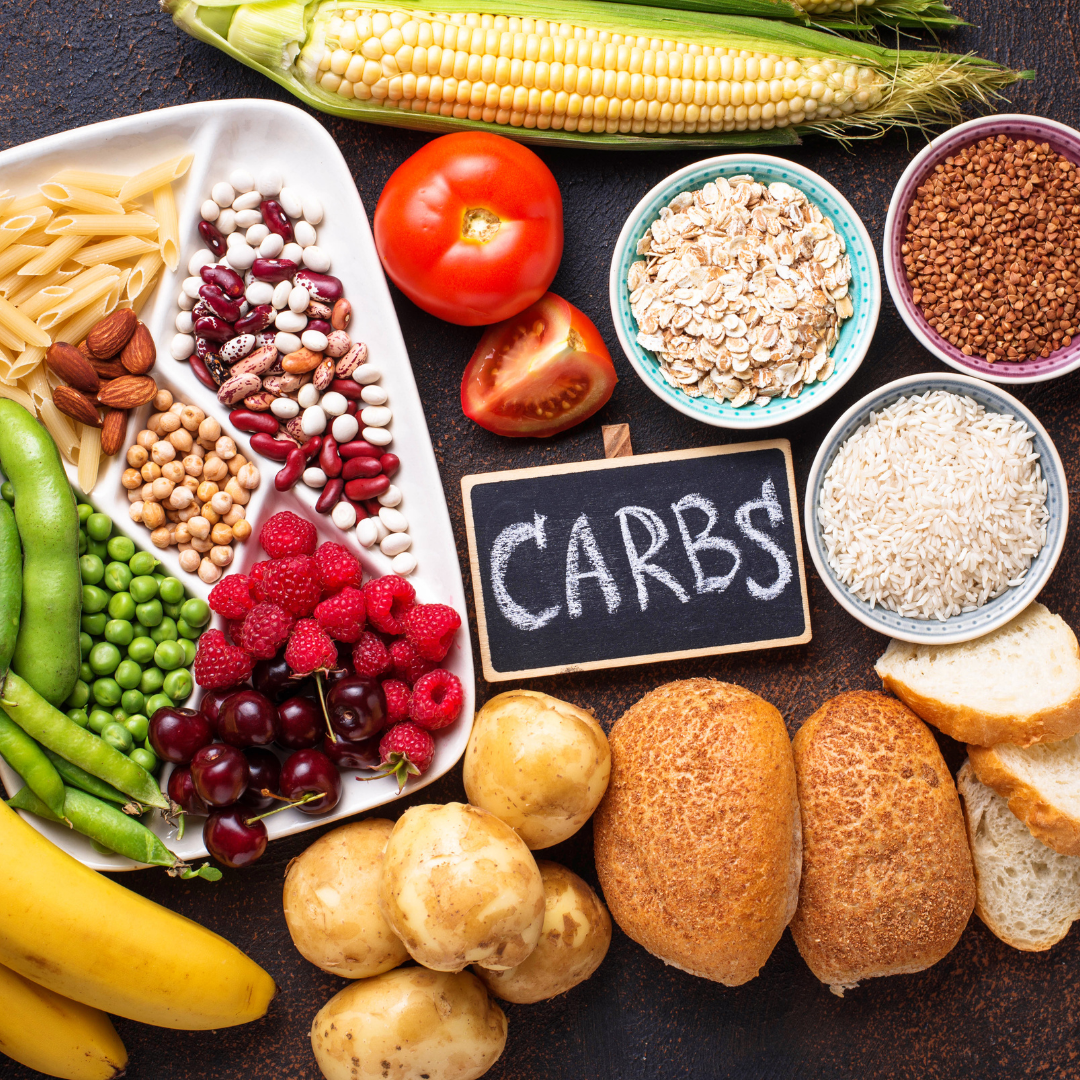Fueling Your Long Runs: What to Eat & When (Pre, During, Post)
Whether you’re training for your first marathon or aiming for a new personal best at the Austin Marathon, proper fueling can make all the difference. Knowing what to eat—and when—can help you run stronger, recover faster, and enjoy the journey. Here’s your guide to fueling before, during, and after your long runs.
 Pre-Run: Building Your Energy Stores
Pre-Run: Building Your Energy Stores
1-3 Days Before Your Long Run:
Focus on eating balanced meals with a mix of carbohydrates, lean proteins, and healthy fats. Carbs are your body’s primary fuel for endurance, so include foods like rice, pasta, potatoes, fruits, and whole grains. Don’t forget to hydrate well in the days leading up to your run.
The Night Before:
Have a carb-rich dinner, such as pasta with marinara sauce and grilled chicken, or a rice bowl with veggies and tofu. Avoid heavy, greasy foods that might upset your stomach.
The Morning Of:
Eat a light meal 2-3 hours before your run. Good options include oatmeal with banana, a bagel with nut butter, or toast with honey. Stick to familiar foods and avoid anything high in fiber or fat that could cause GI distress. Sip water or a sports drink to top off your hydration.
 During Your Run: Sustaining Your Energy
During Your Run: Sustaining Your Energy
For runs longer than 75-90 minutes, it’s important to refuel while you’re on the move.
Carbohydrates:
Aim for 30-60 grams of carbs per hour. This could be energy gels, chews, sports drinks, bananas, or even pretzels. Practice with different options during training to see what works best for you.
Hydration:
Drink to thirst, but don’t overdo it. For most runners, 3-7 ounces of fluid every 20 minutes is a good starting point. On hot Austin days, consider electrolyte drinks to replace sodium lost in sweat.
Pro Tips:
- Set a timer to remind yourself to eat and drink.
- Carry your fuel in a running belt or handheld bottle.
- Try out your race-day nutrition plan during your long training runs.
 Post-Run: Recovery & Rebuilding
Post-Run: Recovery & Rebuilding
Within 30-60 Minutes:
Refuel with a mix of carbs and protein to jumpstart recovery. A 3:1 ratio of carbs to protein is ideal. Examples:
- Chocolate milk
- A smoothie with fruit and Greek yogurt
- Turkey sandwich on whole grain bread
Rehydrate:
Replace fluids lost during your run. Weigh yourself before and after your run to estimate how much water you need to drink (about 16-24 ounces per pound lost).
Later Meals:
Continue to eat balanced meals throughout the day. Include plenty of colorful fruits and vegetables, lean proteins, whole grains, and healthy fats to support muscle repair and replenish energy stores.
Every runner is unique, so use your training to experiment and find what works best for your body. Proper fueling is a game-changer for your long runs and race day performance. See you at the Austin Marathon finish line—well-fueled and ready to celebrate!


 During Your Run: Sustaining Your Energy
During Your Run: Sustaining Your Energy Post-Run: Recovery & Rebuilding
Post-Run: Recovery & Rebuilding


